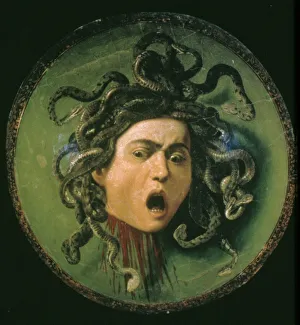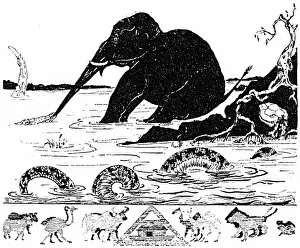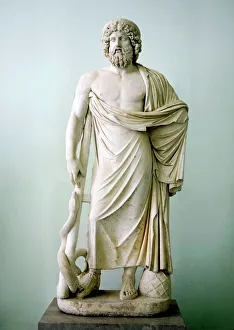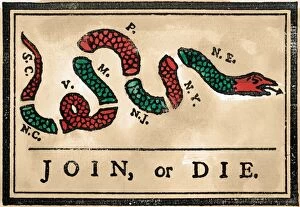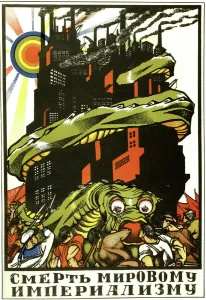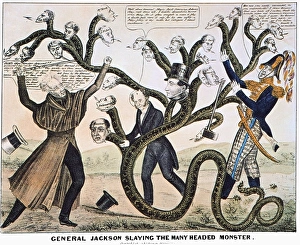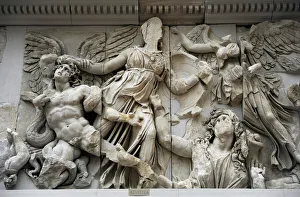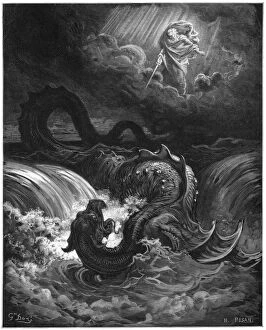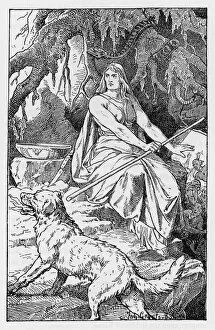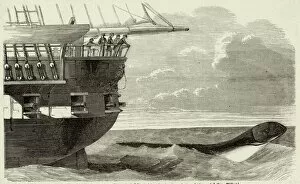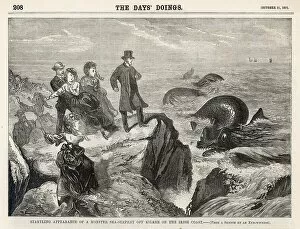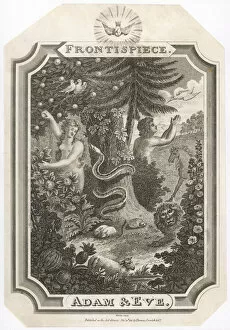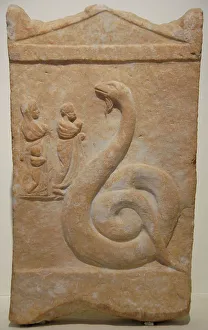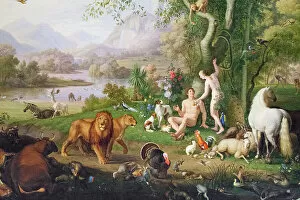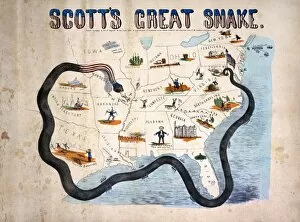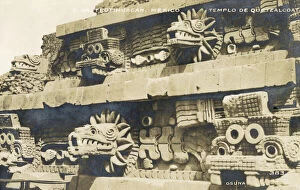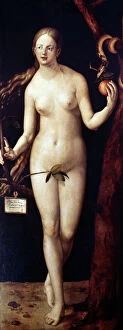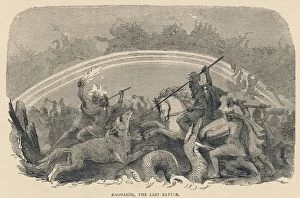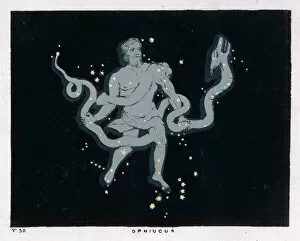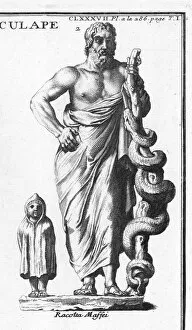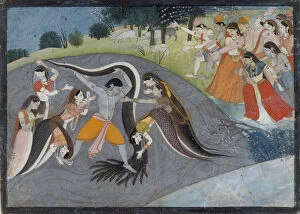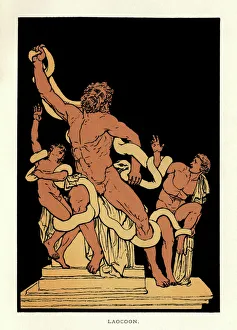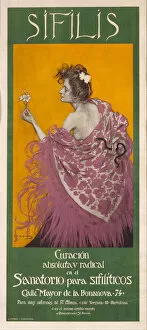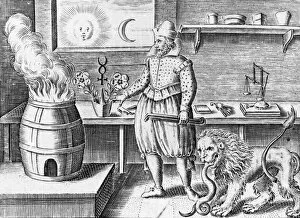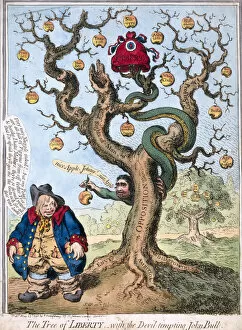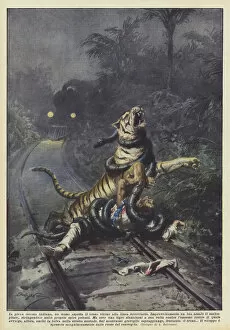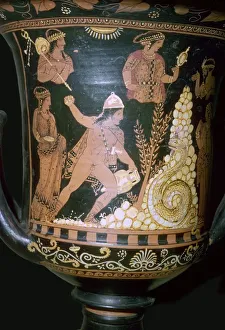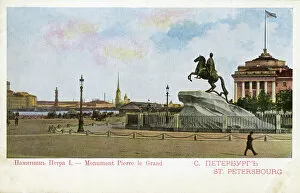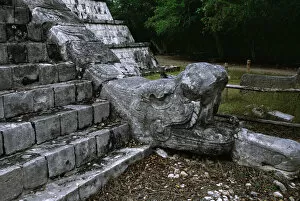Serpent Collection
In the vast tapestry of human history and mythology, the serpent has slithered its way into countless narratives
All Professionally Made to Order for Quick Shipping
In the vast tapestry of human history and mythology, the serpent has slithered its way into countless narratives, leaving an indelible mark on our collective consciousness. From ancient tales to modern depictions, this enigmatic creature continues to captivate our imagination. Kipling's "Just So Stories" introduces us to a mischievous serpent in "The Elephant's Child, " whose curiosity leads him on a transformative journey. Similarly, Caravaggio's masterpiece "Head of Medusa" portrays the terrifying visage of a Gorgon with serpents for hair, striking fear into all who gaze upon her. The Novgorod Icon "Last Judgement" depicts a biblical scene where sinners face divine retribution while Asclepius, represented as a statue in ancient Rome, holds his staff entwined by serpents as a symbol of healing and medicine. The infamous encounter between Adam, Eve, and the serpent in the Garden of Eden forever changed humanity's course. This fateful interaction represents temptation and knowledge intertwined—a pivotal moment that shaped our understanding of good and evil. Dmitriy Stakhievich Moor's poster from 1919 titled "Death to World Imperialism" features an imposing serpent coiled around Earth—an allegory for oppressive power structures being challenged during times of revolution. On the Pergamon Altar stands Athena battling Alcyoneus—a giant defeated only through her cunning strategy. The presence of snakes adds another layer to this epic struggle between divinity and chaos. President Andrew Jackson is depicted destroying the Bank of United States in an influential lithograph cartoon from 1828. Symbolizing corruption and greed within financial institutions, it showcases how even leaders can be seen as serpentine figures when their actions are questioned. Gustave Doré's depiction of Leviathan reveals an immense sea monster with scales akin to those found on serpents—representing the untamed forces of nature and the depths of human fears.

